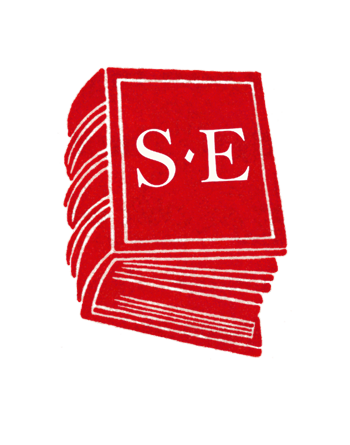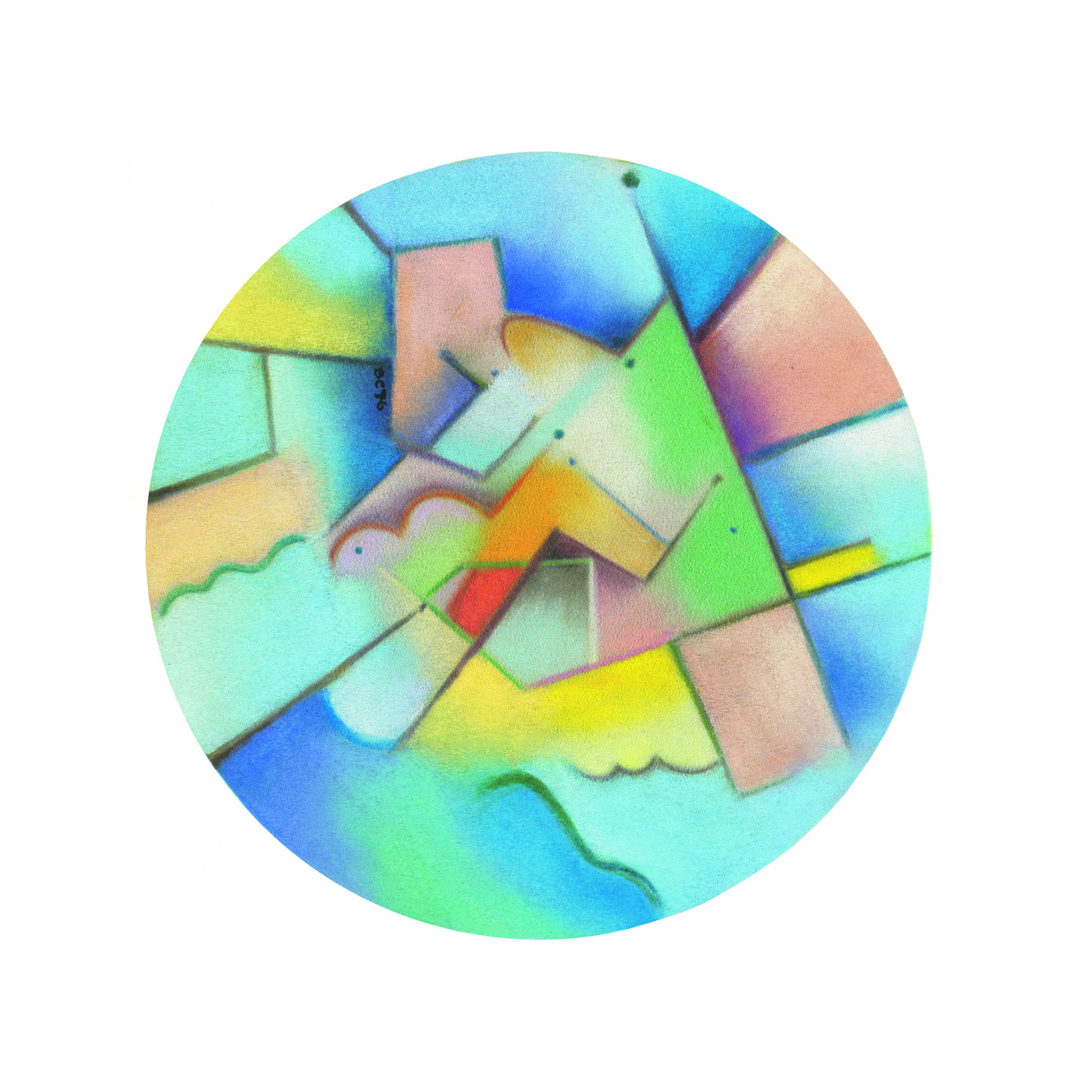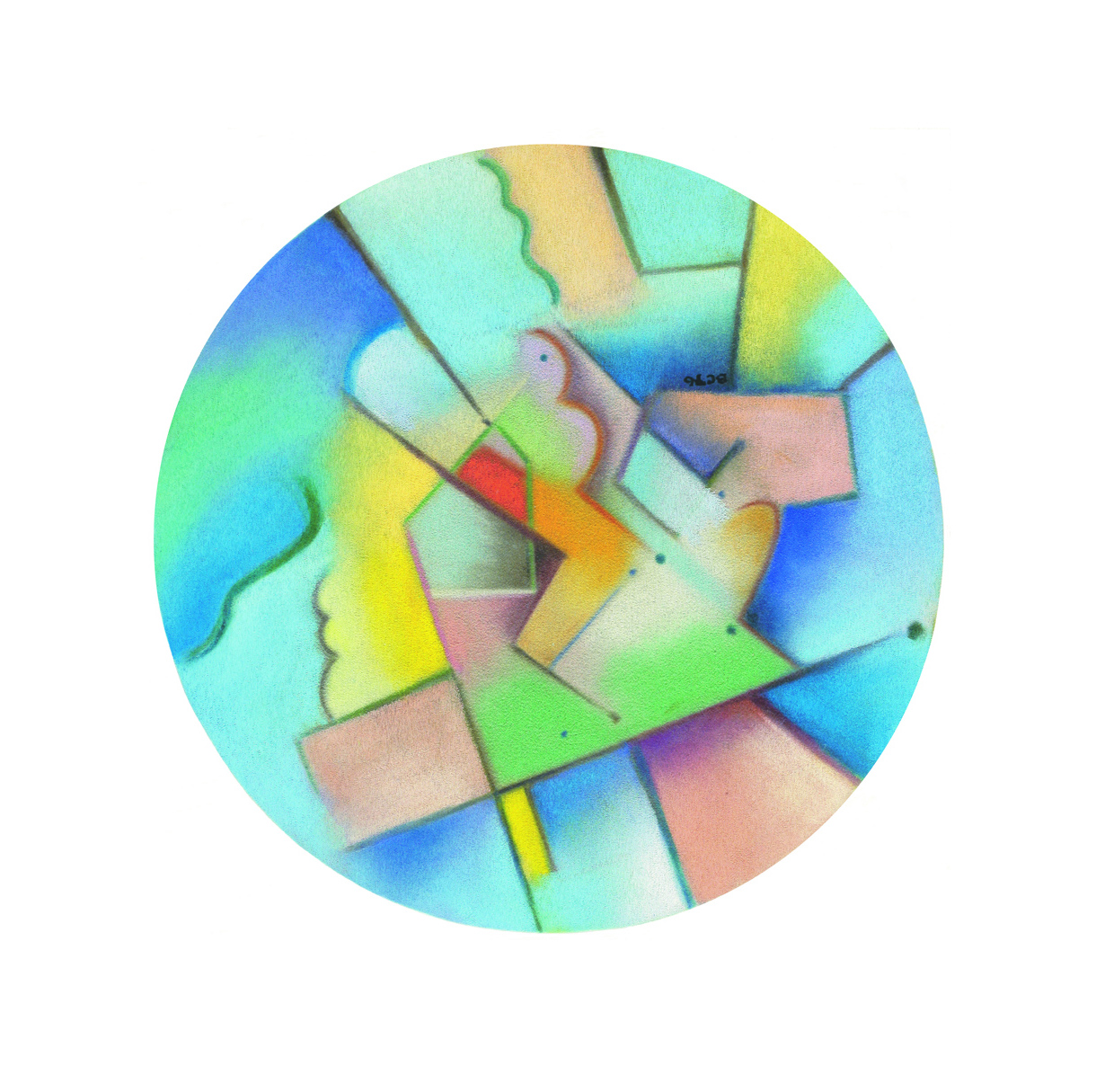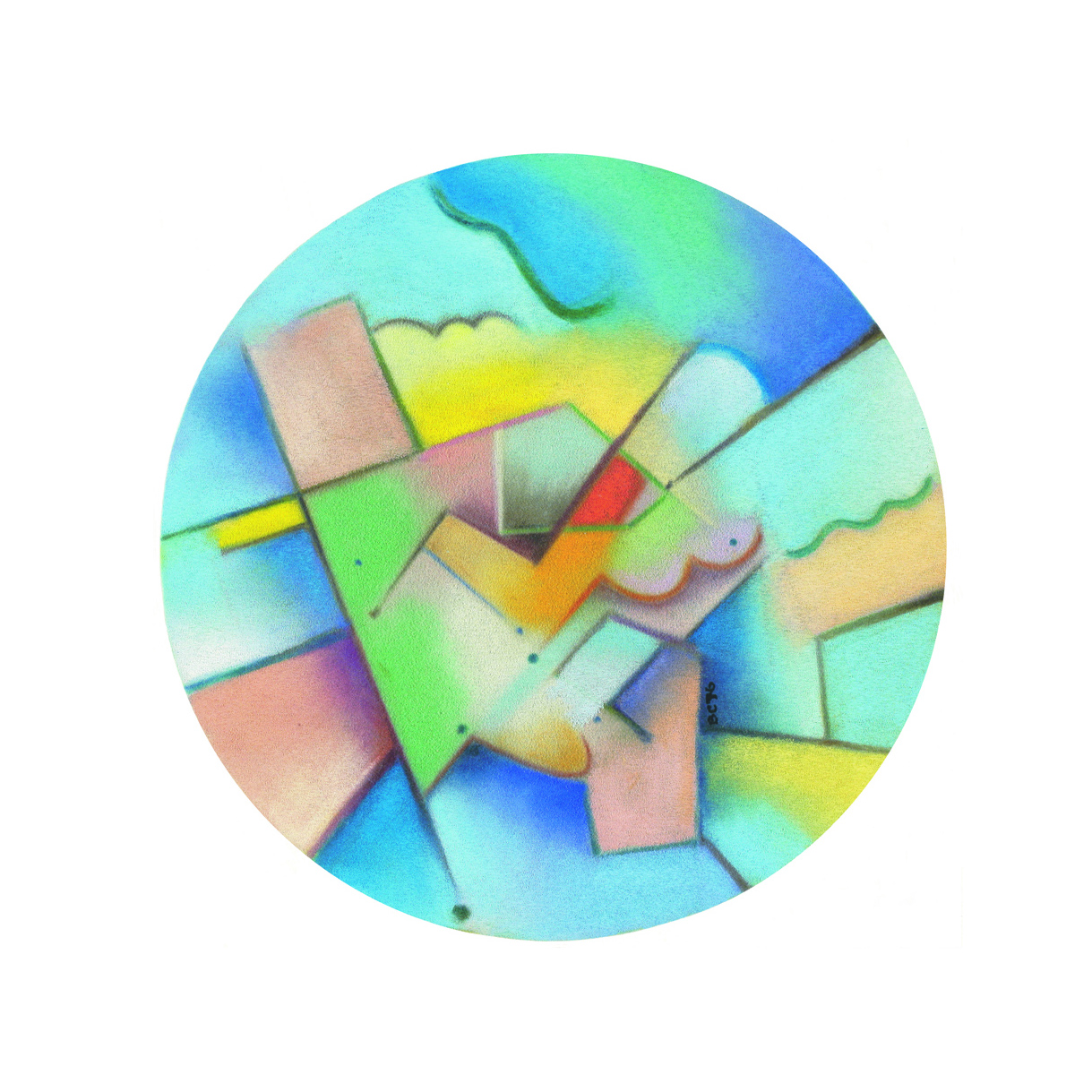Barbara Cook Spencer’s involvement in art began at the age of five in New York where she grew up, and she began to show her paintings in some New York galleries when she was fifteen. Just a few years later, concurrently with her work as a painter, she began a search for what actually defines art. It was a search that lasted many years and included reading artists’ own profound, eloquently written observations on art – observations that, over the centuries, found them often reaching for metaphysical and spiritual ideas that would subsequently find expression in their art.
Although beginning this exploration in the museums of her native city, it expanded to the museums of Paris, including research in the print study rooms at the Louvre; the museums of Florence, Rome, and Siena in Italy; the museums of Amsterdam, Rotterdam, Haarlem, and Arnhem in Holland; the museums of Brussels in Belgium; the museums of London in England; and in Tokyo, the Geijitsu Daigaku (the University of Fine Arts) and the print study rooms at the National Museum. It was during this period, working in a studio at the École des Beaux-Arts in Paris, that she developed her own style of painting, a style that soon developed into an original “school” of art that she calls “isotropic art” in which every element in a painting is balanced from every side.
Barbara’s work in the arts eventually included the development, in 1969, of a business called, “Jewelry as a Fine Art.” Its purpose was to present jewelry as a true art form, to develop it beyond simply a trade or a craft. She also branched out into the making of other objects in precious metals, such as small sculptures, jigsaw puzzles, demitasse and baby spoons, buttons, salt bowls and spoons, paperweights, and letter openers.
Her jewelry – some carrying forward the isotropic theme – was sold from her studio as well as in galleries, museum stores, department stores, and boutiques. Because of the innovative, original nature of her jewelry, more than a dozen major newspapers wrote extensive feature stories about it, several in full color. This category of jewelry – jewelry created by artists rather than jewelers or craftsmen – has been accorded its own place in museums in recent years, and is referred to as studio jewelry. During the “jewelry years,” she also designed a full line of stationery and note cards called, “Notes on Art,” that were sold at bookstores and department stores in the Chicago area, as well as from her studio.
Over a period of twenty-five years, carrying the isotropic theme into nature, she constructed two isotropic gardens extending the length and breadth of the front and back of her home outside of Chicago, with the design for the front including an isotropic driveway. In 2002, the gardens were featured on the town’s annual Garden Walk. Beside her devotion to the creative arts of drawing, painting, sculpture, and jewelry, she has been a prolific writer, authoring nearly one hundred articles, essays, and poems, which have been published in various venues.
The answers she sought to all her questions relating to the meaning and definitions of art are found in her book,
The Isotropic View, published in 2014. The book contains eighteen published, and six unpublished, essays, combined with images of isotropic paintings, drawings, and jewelry shown in multiple directions.
Copyright © Barbara Cook Spencer







